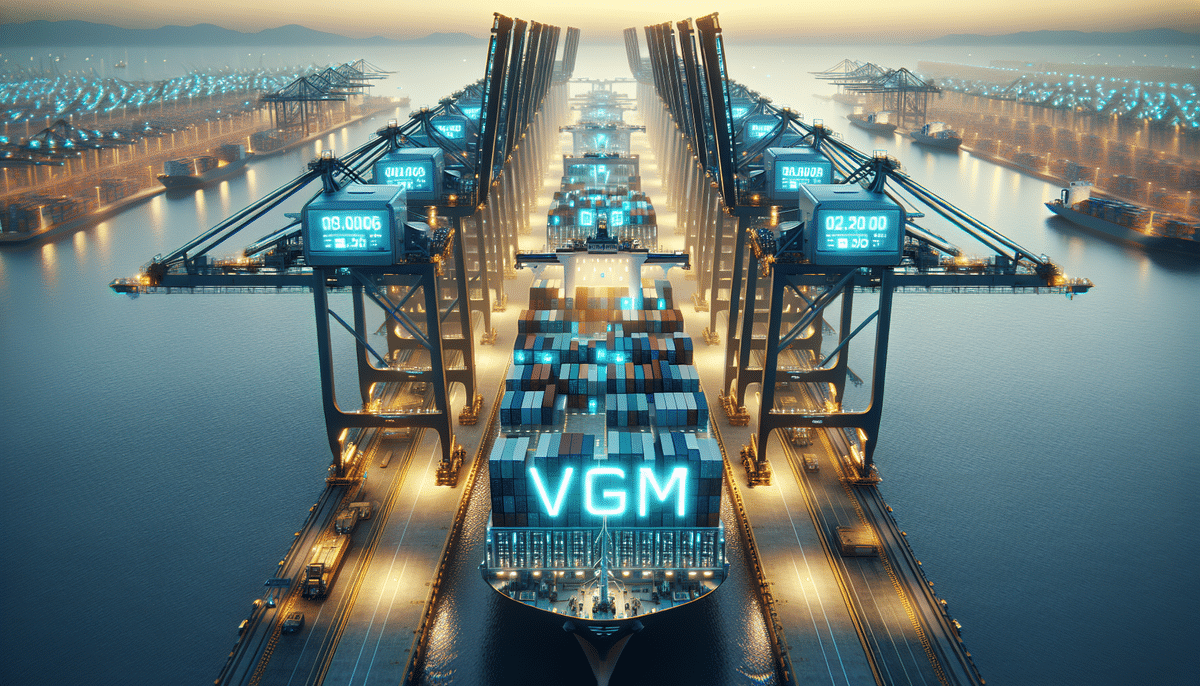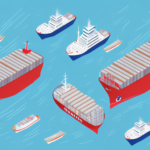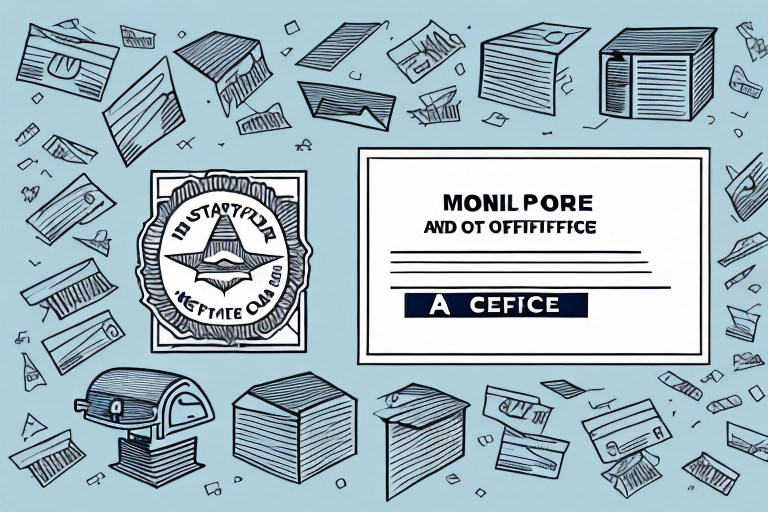Understanding Verified Gross Mass (VGM) in Global Shipping
In today's globalized economy, the efficient transportation of goods across borders is essential. The accurate measurement of cargo weight is a critical component of this process. This is where Verified Gross Mass (VGM) comes into play. This article explores what VGM is, its importance, and its impact on logistics operations.
What is Verified Gross Mass (VGM)?
Verified Gross Mass (VGM) is the total weight of a cargo container, including the weight of the goods, the container itself, packing materials, and securing devices. VGM is verified by the shipper and certified by a third-party service provider.
The global shipping industry has historically relied on shippers to provide accurate weights for their goods. However, inaccuracies in weight measurements can lead to ship imbalances, equipment damage, and even accidents. VGM was introduced globally in 2016 to enhance safety and standardize cargo weight reporting.
Since the implementation of VGM, there has been a notable reduction in accidents and incidents caused by inaccurate weight measurements. This improvement has led to increased efficiency and cost savings for shippers, as well as enhanced safety for workers and the environment. Additionally, VGM has standardized weight reporting across different countries and regions, simplifying regulatory compliance and reducing the risk of penalties.
The Role of VGM in Maritime Safety
The International Convention for the Safety of Life at Sea (SOLAS)
The International Maritime Organization (IMO) amended the Safety of Life at Sea (SOLAS) Convention to mandate the provision of VGM information before cargo is loaded onto a vessel. This amendment, effective from July 1, 2016, requires shippers to submit VGM data for all containers they intend to load.
The SOLAS amendment aims to ensure the safety of ships, crew, and cargo by accurately determining container weights. Prior to this, inaccurate weight information often led to safety concerns and accidents. By enforcing VGM submissions, the amendment enhances the accuracy of weight measurements and reduces maritime accidents.
Importance of Accurate VGM Measurements
Ensuring Cargo and Vessel Safety
Accurate VGM measurements are paramount for maintaining the stability of ships and the safety of cargo. Overloading containers can result in vessel imbalances, equipment damage, and even loss of life. VGM ensures that containers are loaded within safe weight limits, preventing such incidents.
Regulatory Compliance and Cost Efficiency
Compliance with VGM regulations is crucial to avoid fines, delays, and cargo refusals. Accurate VGM measurements also enable shipping companies to optimize container loading, reducing operational costs and improving delivery times. According to the International Maritime Organization, accurate weight reporting has significantly contributed to safer and more efficient shipping operations.
Calculating and Implementing VGM
Methods for Calculating VGM
VGM can be calculated by weighing the fully packed container on a calibrated and certified scale, either before or after loading. Common methods include using weighbridges, heavy-duty forklifts, or cranes with load cells. The chosen method depends on factors such as required accuracy, cargo type, and equipment availability.
Implementing Effective VGM Processes
To ensure VGM compliance, organizations should establish robust systems for weighing, documentation, communication, and verification. This includes appointing trained VGM coordinators, investing in certified equipment, and utilizing digital documentation tools. Regular reviews and updates of VGM processes are essential to maintain compliance with evolving regulations.
Challenges and Best Practices in VGM Compliance
Common Challenges
Shippers often face challenges such as the accurate weighing of goods, containers, and packing materials. Additionally, the lack of standardization across different countries and regions can create confusion and complicate compliance efforts. Variations in VGM requirements based on the mode of transportation (air, sea, land) add to the complexity.
Best Practices for Maintaining Accuracy
- Keep all VGM documentation up to date and easily retrievable.
- Conduct regular internal audits to ensure compliance with VGM regulations.
- Educate all stakeholders, including carriers and freight forwarders, on VGM requirements.
- Implement clear communication channels for sharing VGM information.
Technological Innovations Enhancing VGM Accuracy
Advancements in technology are continuously improving the accuracy and efficiency of VGM calculations. Innovations such as high-precision camera technology, mobile apps for weighing and communication, and real-time sensor monitoring are revolutionizing the VGM process.
For instance, sensor technology can provide real-time weight measurements, while cloud-based software solutions automate VGM calculations, reducing the risk of manual errors. These technologies not only enhance accuracy but also streamline operations, leading to cost savings and improved efficiency.
According to a Forbes article, the integration of Internet of Things (IoT) devices and blockchain technology is expected to further enhance the transparency and security of VGM data, fostering greater trust and collaboration among supply chain partners.
The Future of VGM in the Global Supply Chain
The role of VGM in the global supply chain is set to expand as technology advances and regulatory frameworks evolve. Future developments may include the integration of real-time data from IoT devices, enhancing the precision and automation of VGM calculations. Blockchain technology could further improve the transparency and security of VGM data, ensuring reliable and tamper-proof records.
Additionally, VGM plays a crucial role in promoting sustainability within the logistics industry. Accurate cargo weight measurements help reduce fuel consumption and emissions by preventing overloading, thereby supporting environmentally responsible supply chain practices.
As the global focus on sustainability intensifies, VGM will continue to be a key component in developing efficient, safe, and eco-friendly logistics operations.
Consequences of Non-Compliance with VGM Regulations
Non-compliance with VGM regulations can have severe repercussions, including hefty fines, transport delays, and legal consequences. For example, in 2019, a shipping company faced millions of dollars in fines after transporting overweight containers, which led to crane collapses and injuries at a port in Vancouver.
Failure to adhere to VGM regulations not only affects financial standing but also compromises safety and operational efficiency. Ensuring compliance is thus essential for maintaining a reliable and secure global supply chain.
In conclusion, understanding the importance of VGM, adhering to relevant regulations, and maintaining accurate records are vital for cargo safety and logistics efficiency. By adopting best practices and leveraging technological advancements, shippers can optimize compliance, mitigate risks, and contribute to a more efficient and sustainable global supply chain.






















